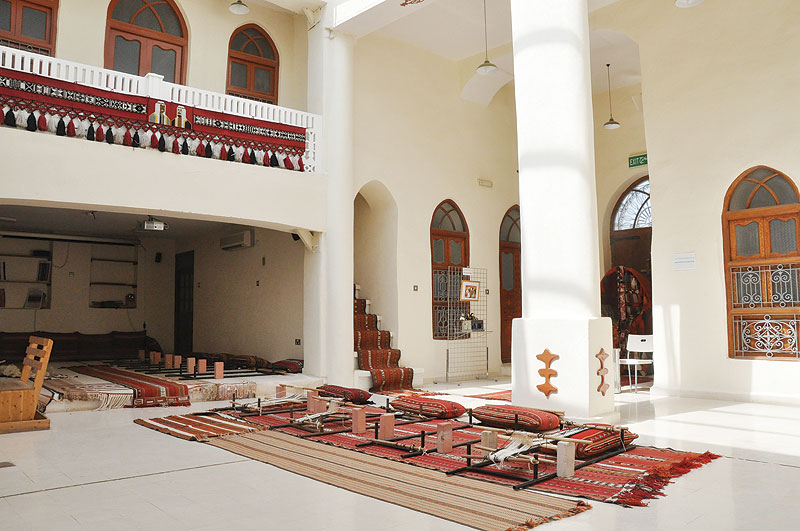KUWAIT: Sadu weaving is one of the traditional handicrafts that were popular among women who used to live in the desert in the past, a genuine reflection of their surrounding environment. "Sadu weaving is an ancient handicraft in which Bedouin women excelled, and it is a handicraft that requires physical effort and high concentration," said Faisal Al-Zaabout, a specialist in heritage. Sadu weaving, he said, was a long process that started with shearing sheep wool at end of the spring season. "Shearing is preferably done while sheep is alive," he added. The second step, he explained, was cleaning the wool. "The wool is then transformed into ball-like threads and then dyed with natural colors and placed in a big bowl of hot water. The last phase is weaving, during which the threads are connected with each other to have a final product," he said. Zaabout said Bedouin women decorated the sadu with shapes from their environment, like camels, horses and trees, and used vivid colors like red and orange. Some of the most important sadu products were tents made from wool, he said, and they protected Bedouins from the scorching summer heat and harsh winters. Other products, he added, included bags made to store rice, decorations for the camels or ropes to tie the camels' legs. - KUNA

most read










